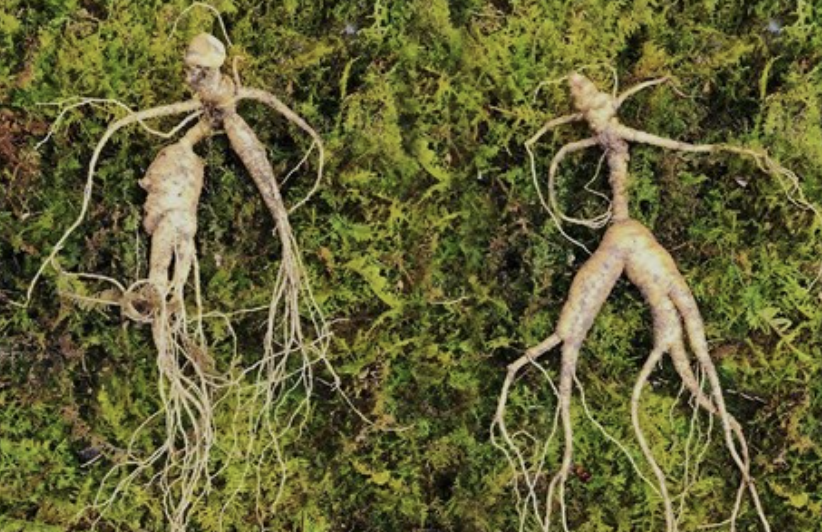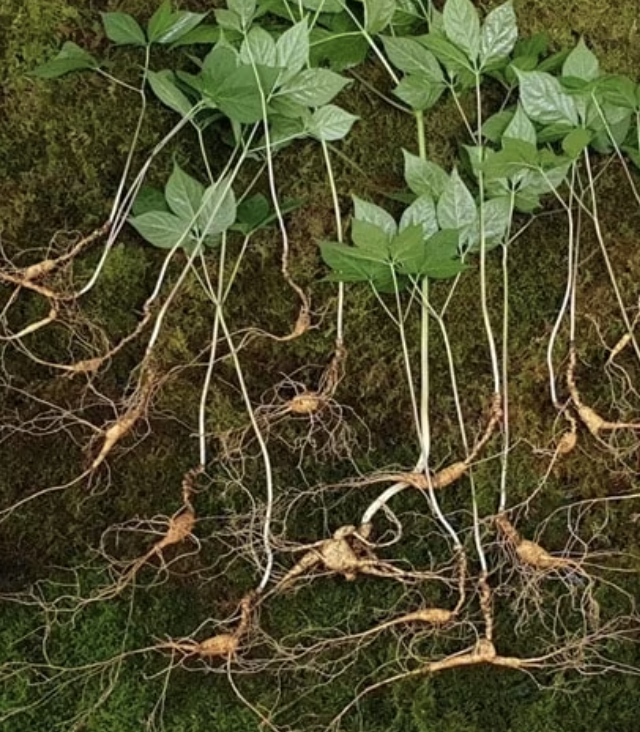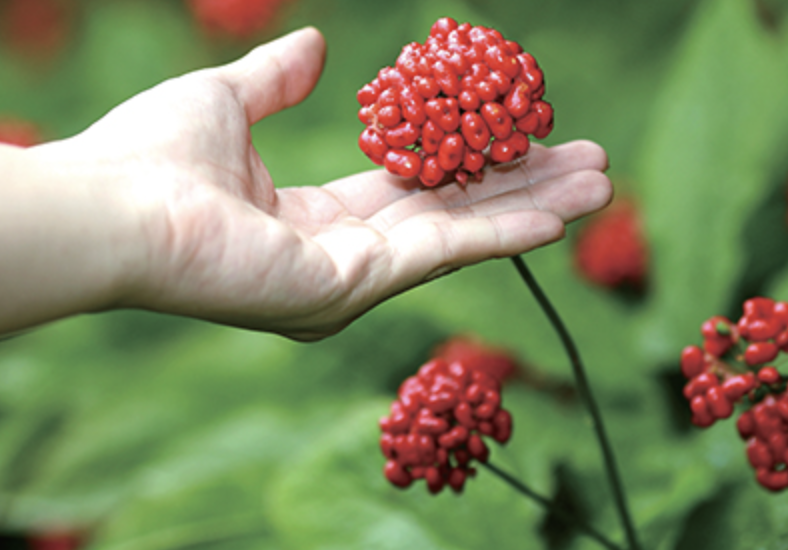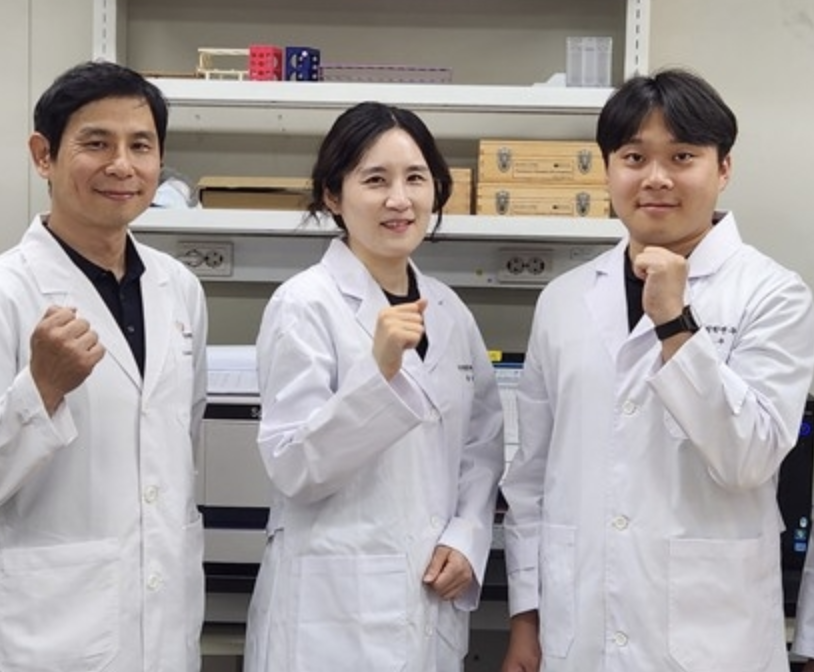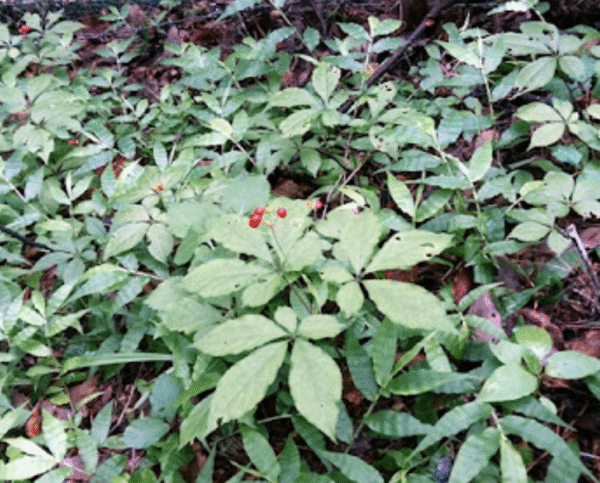
Real wild ginseng: aged root harvested from Korean mountain forests

Wild ginseng, known as Sansam (산삼) in Korea, has long been revered as a mystical root with potent medicinal powers. Found deep in Korea’s mountainous forests, true wild ginseng is extremely rare—often referred to as “the king of herbs.” This article explores why wild ginseng is so valuable, how it differs from cultivated ginseng (Panax ginseng), how to distinguish real wild ginseng from fakes, and the evidence-backed health benefits that continue to inspire global fascination.
👉 Buy Premium Wild Ginseng Root Online
What Makes Wild Ginseng So Rare?
Wild ginseng grows naturally in shaded, undisturbed forests, taking 20 to 30 years to reach maturity. Unlike farmed ginseng, which grows in controlled conditions for about 4 to 6 years, wild ginseng endures harsh weather, slow nutrient uptake, and natural selection. This rugged life cycle creates a unique chemical profile—particularly in ginsenosides, the primary active compounds responsible for ginseng’s pharmacological effects.
According to the Journal of Ginseng Research (2020), wild ginseng contains a broader diversity and higher concentration of rare ginsenosides such as Rg3, Rh2, and compound K, compared to its cultivated counterparts. These compounds are linked to anti-cancer, neuroprotective, and immunomodulatory effects.
Korean vs. American Ginseng: Key Differences
Wild Korean ginseng (Panax ginseng) and American ginseng (Panax quinquefolius) are both highly prized, yet they differ significantly in properties and traditional use:
| Feature | Korean Ginseng | American Ginseng |
|---|---|---|
| Nature | Warm/Stimulating | Cool/Calming |
| Major Compound | Rg1, Rb1 | Re, Rg1 (lower) |
| Primary Benefit | Energy, stamina, immune boost | Anti-stress, cooling, digestive support |
| Preferred Use | Fatigue, cold climates | Heat-prone bodies, warm climates |
Research from Harvard Medical School (2016) noted that Panax ginseng is superior in enhancing mental alertness, physical performance, and immune function, especially under chronic fatigue conditions.
How to Identify Real Wild Ginseng
Authenticating wild ginseng requires an expert eye. Here are some distinct features of true wild ginseng:
Appearance
Twisted, thin root resembling a human body
Fine, hair-like rootlets (“ginseng beard”)
Dark brown to blackish skin, indicating age
Smaller size, not plump like cultivated ginseng
Growth Marks
Each year, the stem leaves a scar called a “stem scar” or “annular ring.” Wild ginseng usually shows more than 10 scars, indicating a long growth period.
Location and Soil
Found in old-growth forests with loamy, shaded soil
Never found near farming areas or cultivated plots
Aroma and Taste
Intense bitter and earthy aroma
Long-lasting, slightly numbing bitterness
Certified wild ginseng must be verified by Korean Forestry Services or reputable ginseng appraisers before sale, especially since high-quality roots can fetch over $10,000 per gram.
Wild Ginseng and Fatigue: Physical vs. Mental
A 2021 study from Seoul National University analyzed wild ginseng’s impact on two types of fatigue:
Physical Fatigue:
Wild ginseng enhances mitochondrial function and increases ATP production, aiding in muscle recovery and endurance.
Source: Journal of Ethnopharmacology (2021)Mental Fatigue:
Subjects who took wild ginseng extracts for 8 weeks reported improved cognitive clarity and mood stability.
Source: Nutrients (2020)
Consumer Reviews and Case Studies
“After six months of taking wild Korean ginseng extract, I feel more awake, clear-headed, and less stressed. It’s not a quick fix, but it works deeply.”
— James Park, 45, Boston, MA
“I tried many supplements for chronic fatigue, but nothing matched the sustained energy boost I got from wild ginseng. It’s like a natural adaptogen that fits what your body needs.”
— Mina Lee, 52, Seoul, South Korea
Long-Term Benefits of Wild Ginseng Supplementation
Numerous long-term benefits have been documented, especially with sustained use over 3 to 6 months:
Improved immune system resilience
Better stress adaptation (HPA axis modulation)
Enhanced cardiovascular health (via vasodilation and nitric oxide production)
Delayed cognitive aging and improved memory retention
Antioxidant protection against cellular damage
A 2022 Korean clinical trial concluded that daily supplementation with wild ginseng (2g/day) improved telomerase activity—a marker of longevity—after just 12 weeks.
#wildginseng #koreanginseng #ginsengbenefits #panaxginseng #stressrelief



